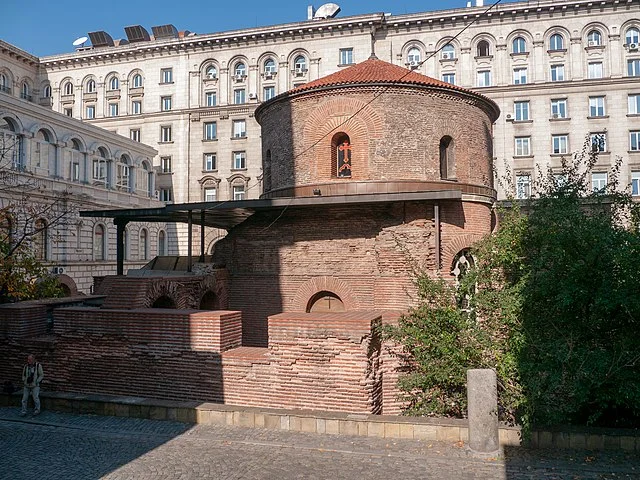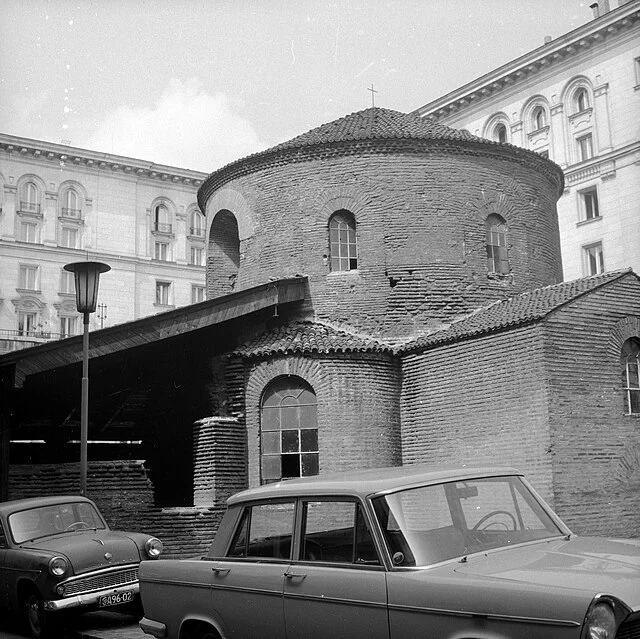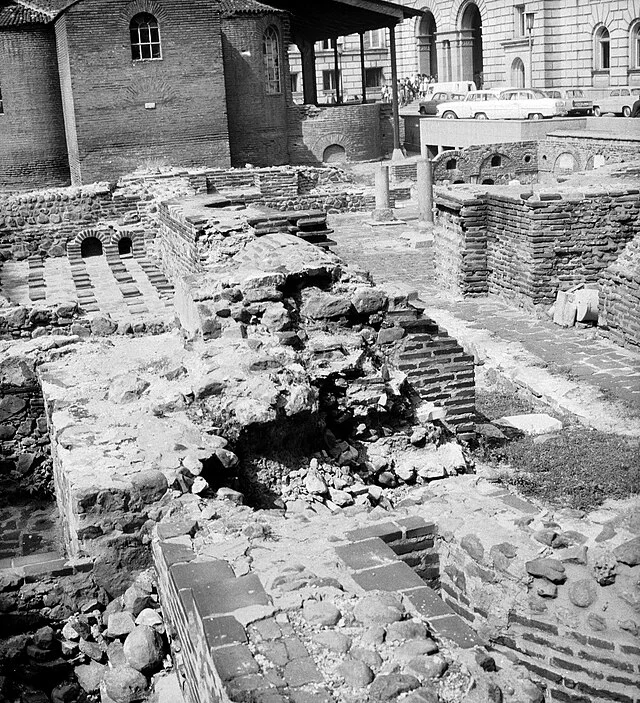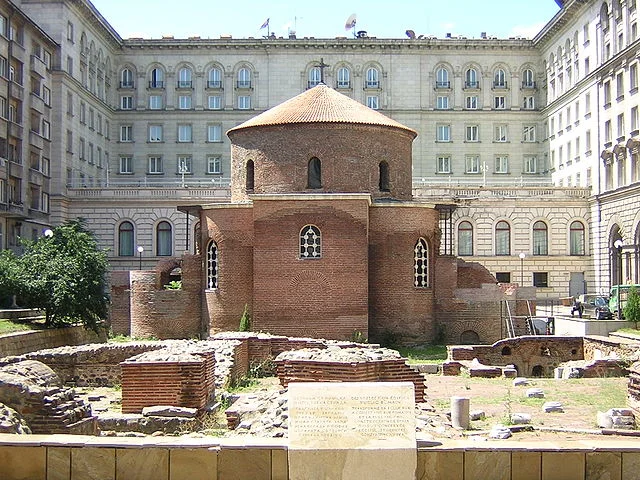The Church of Saint George (Sv. Georgi) in Sofia is one of the oldest and most significant architectural landmarks in the city. It stands as a symbol of Sofia’s long and diverse history, dating back to Roman times.
Get your dose of History via Email
Historical Background

The church was originally built during the Roman period, around the 4th century AD, likely as a part of the ancient city of Serdica. It was constructed within the walls of a Roman complex and is the oldest preserved building in Sofia. The structure is made of red bricks, which were typical in Roman architecture.
The church has undergone several transformations over the centuries. Initially, it functioned as a pagan temple but later became a Christian church, likely in the 5th or 6th century AD. Its conversion to Christianity coincides with the rise of the Eastern Roman Empire, also known as the Byzantine Empire.
Architectural Features

The Church of Saint George is a rotunda, which means it is built with a circular plan. This architectural style was typical for early Christian churches, influenced by Roman and Byzantine designs. The structure features a central dome and is adorned with impressive frescoes from different historical periods.
The building’s brickwork and the dome are remarkably well-preserved, making it an essential example of early Christian architecture in the region. The church’s interior has a rich collection of medieval frescoes, which were painted during the 12th and 13th centuries. These frescoes depict biblical scenes and saints, offering insight into the religious and artistic traditions of the time.
Religious and Cultural Significance

Over its long history, the Church of Saint George has served multiple religious purposes. It functioned as a Christian church for centuries and, at one point, as a mosque during the Ottoman period. This change was a result of the Ottoman conquest of Sofia in the 14th century. The church was eventually returned to the Christian community following the Ottoman Empire’s decline.
The church’s location is of historical importance as well. Situated in the heart of Sofia, it has witnessed significant events in Bulgarian history, including the establishment of the Bulgarian Orthodox Church and the city’s transition from Ottoman rule to independence.
Today, the Church of Saint George is a major tourist attraction and a place of worship. It continues to serve as an active religious site, offering services to the local Orthodox Christian community.
Conclusion
The Church of Saint George in Sofia is a remarkable monument that blends historical, architectural, and religious significance. Its survival through different eras, from Roman to Ottoman, illustrates the dynamic history of Sofia itself. As one of the oldest buildings in the city, it remains a vital part of Bulgaria’s cultural heritage.
Source:

